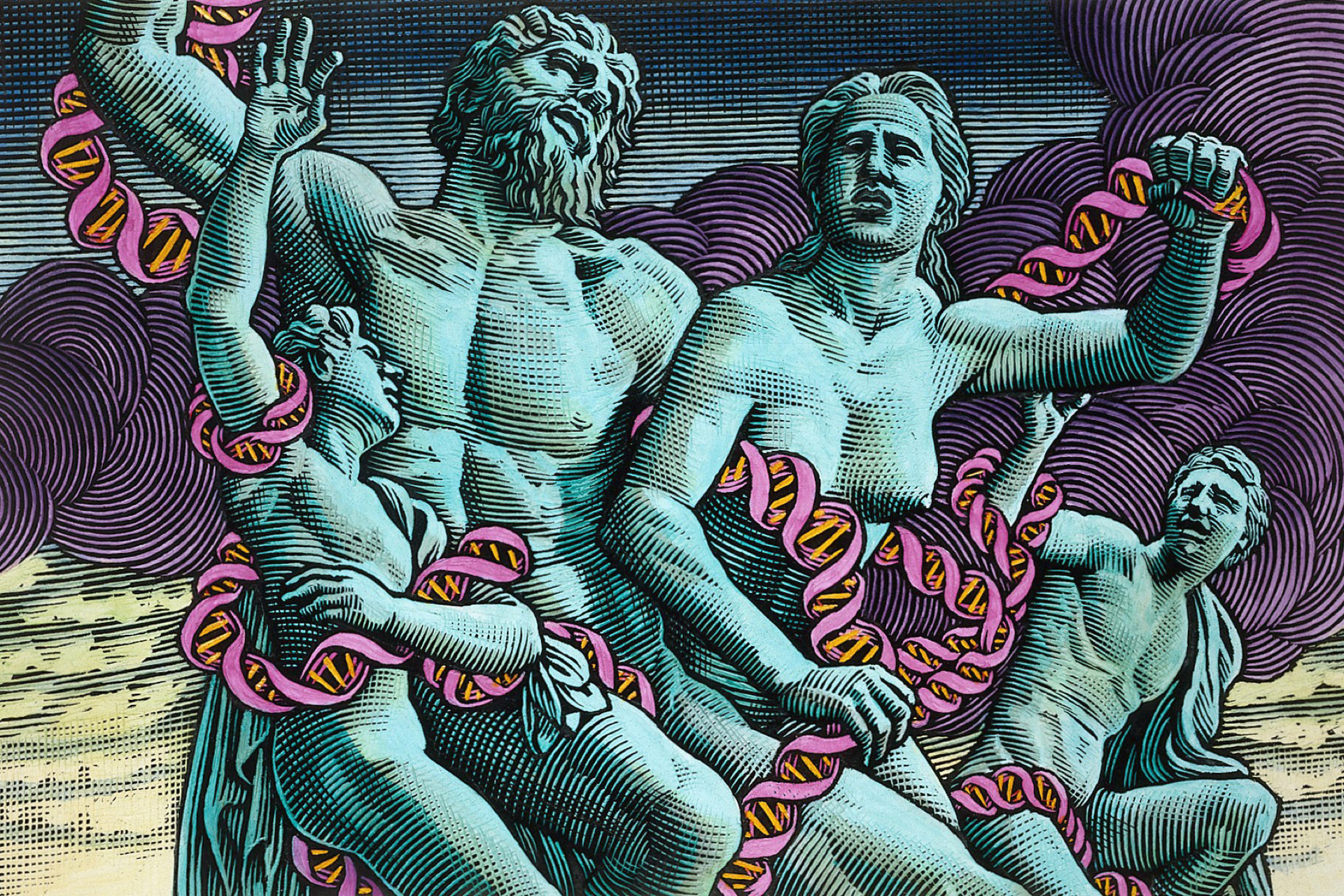This was a play about death; how people cope with it, how they grieve and how they remember. It was also a play about love and relationships, finding inspiration in unexpected places and also about science, genetics and the story of Henrietta Lacks' cells.
Lacks' story and the issue of consent have become hot topics once again after researchers published the full genome sequence of HeLa cells last year. This prompted negotiations with the Lacks family who now have some control (see BioNews 717) over how the information is used. Henrietta herself was never aware that her cells had been taken, as asking for consent was not considered necessary in the 1950s.
How to be Immortal laid out three intertwined storylines set in three different time periods. We learned of Deborah Lacks, Henrietta Lacks' youngest daughter as she comes to learn about her mother's life and her legacy, HeLa cells. Much of this involves the researcher Dr Christoph Lengauer, who was one of the first scientists to approach the Lacks family to discuss the cells' significance.
We also see an interpretation of how Dr George Gey and his team of researchers managed to first create the immortalised HeLa cells. Dr Gey is played for laughs somewhat, as an egotistical geek who being so wrapped up in the science fails to acknowledge the cells' human provenance.
Although not directly related to HeLa, perhaps the most engaging story is of grief-stricken Rosa, who has lost her partner Mick to cancer. With Rosa's consent, his cells are used in a research project. Flashbacks show us how the relationship between Rosa and Mick grew before his death. Their love is often brilliantly brought out with music and it is ultimately a composition that takes Mick's DNA sequence as inspiration that enables Rosa to come to terms with her loss.
The narrative is punctuated with explanations of the science involved. This occasionally jarred a little with the other scenes, but was preferable to shoehorning complex scientific concepts into the main section of the script.
The play is wonderfully acted by just three actors who seamlessly switch characters (and accents and costumes). The set is simple but ingenious and the many switches in time and place transition smoothly. Clever use of lighting instantly transformed a bathroom to a TV set to a laboratory.
But as the story is not told chronologically, I did feel that in places it was occasionally hard to immediately identify the time period of each scene. There were also a few moments when the scientific explanations lurched into hyperbole and cliché.
These are minor quibbles, however, and despite all the talk of death and loss, the play is not a depressing affair. The humour, music, and warm portrayals of the characters make it a touching and moving story.
I thoroughly enjoyed the performance and felt that it examined ethical consent in science and the sometimes strained relationship between researchers and the public skilfully.
Henrietta Lacks now resides on the fringes of public consciousness. It can no longer be said that her contribution to science is overlooked; she is now more famous than many, if not all, of the illustrious scientists who have worked on her cells. Maybe to compensate for the Lacks family's poor treatment over the years we are now overly keen to celebrate her role in research. It's almost as if Lacks was herself a scientist who went unjustly uncredited for her discoveries.
How to be immortal? It seems it's all about being remembered.






Leave a Reply
You must be logged in to post a comment.